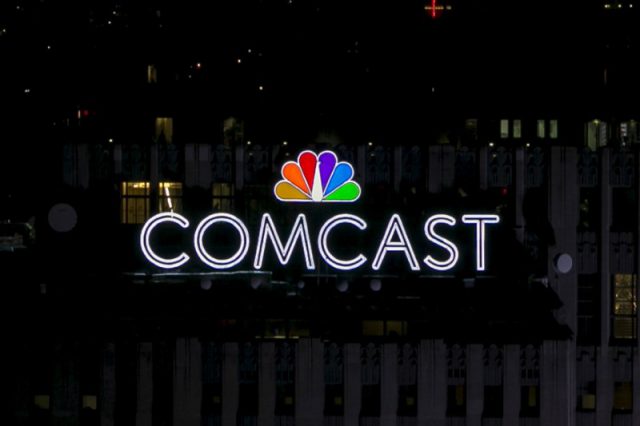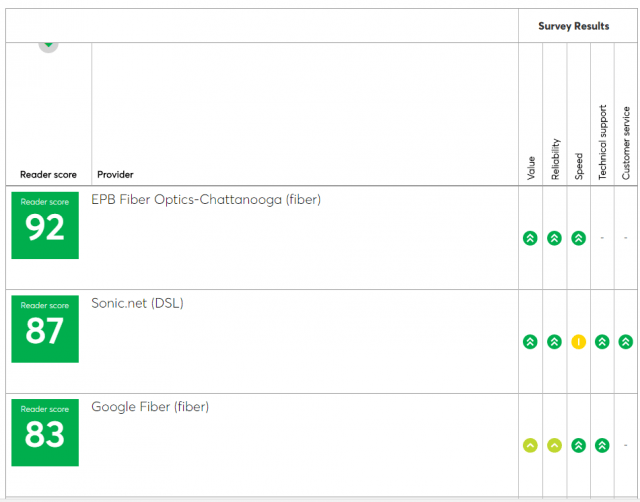
The NBC and Comcast logo are displayed on top of 30 Rockefeller Plaza, formerly known as the GE building, in midtown Manhattan in New York July 1, 2015. REUTERS/Brendan McDermid/File Photo
NEW YORK (Reuters) – Comcast Corp is planning to rebrand and expand a streaming video option for broadband subscribers who do not want to pay for a traditional cable package, sources told Reuters on Monday.
The service, dubbed Xfinity Instant TV, will be priced as low as $15 a month to roughly $40 a month, sources said. It will include major broadcast networks as well as sports channels like ESPN and Spanish language channels such as Telemundo and Univision.
Xfinity Instant TV is expected to be available in the third quarter to more than 50 million homes within Comcast’s footprint, which includes cities such as Philadelphia, Washington, D.C., and Chicago.
The company is changing its video offerings to be more targeted as viewer habits evolve. Xfinity Instant TV will be aimed at high-speed Internet subscribers who cannot afford or do not want to pay for bigger cable bundles, sources said. The hope is that subscribers will eventually upgrade to Comcast’s X1 platform.
Comcast has already given a $15-a-month streaming video service known as Stream a trial run in Boston and Chicago, sources said. Xfinity Instant TV is a revamped version of that offering and will be rolled out nationwide in Comcast’s territories.
Other pay-TV providers including Dish Network Corp and AT&T Inc have started online streaming services for “cord cutting” consumers, or those who are dropping their cable packages for other options.
Comcast’s service is different in that it is limited to its territories and to its own broadband subscribers. It has yet to offer an over-the-top streaming service more broadly nationwide.
(Reporting by Anjali Athavaley; Editing by Bill Trott)


 Subscribe
Subscribe




